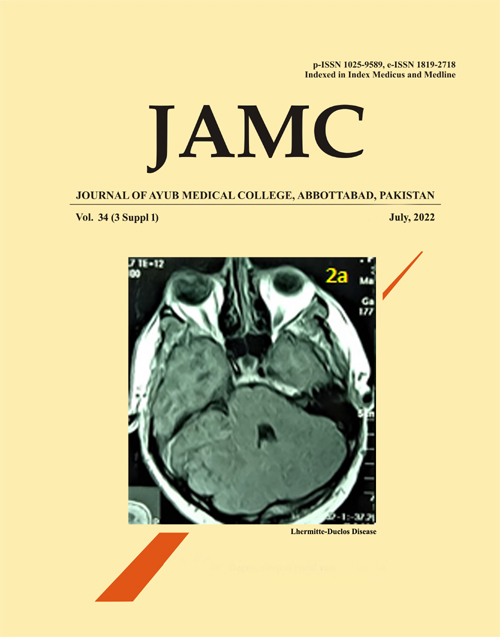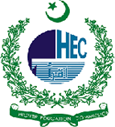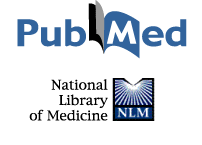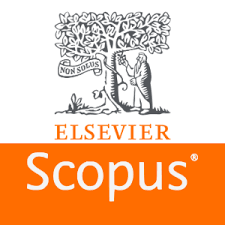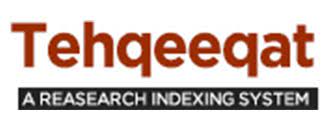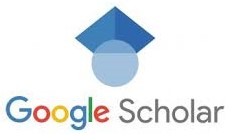HISTOPATHOLOGICAL SPECTRUM AND ROLE OF CLINICOPATHOLOGICAL CORRELATION IN VESICULOBULLOUS LESIONS - A TERTIARY CARE HOSPITAL EXPERIENCE
DOI:
https://doi.org/10.55519/JAMC-03-S1-9427Abstract
Background: Histopathology is an important diagnostic modality for vesiculobullous lesions, however the diagnosis may at times require use of Immunofluorescence techniques which are expensive and not widely available. The aim of this study was to determine the histopathological spectrum of vesiculobullous diseases and to determine the role of clinic-pathological correlation in diagnosing bullous lesions. Methods: This was cross sectional validation study conducted in a tertiary care hospital, over a period of 18 months. All the clinically diagnosed cases of bullous diseases were included and examined as histological sections by three histopathologists. Results: Out of 58 total cases, the most frequently diagnosed lesions included Pemphigus vulgaris (27%), Bullous pemphigoid (13.8%) and Pemphigus foliaceous (12.1%). Females comprised 55% of cases, age distribution was wide but most patient were in age bracket of 20-39 years. Conclusion: There was 89.6% correlation between clinical and histopathological diagnosis. Only 2 cases were sent for Immunofluorescence studies, as histopathology was inconclusive in those cases. Therefore, we conclude that histopathological examination along with clinical correlation is a very useful way of diagnosing vesiculobullous disorders
References
Karattuthazhathu AR, Vilasiniamma L, Poothiode U. A Study of Vesiculobullous Lesions of Skin. Natl J Lab Med 2018;7(1) 1-6.
Murthy T, Shivarudrappa A, Biligi D, Shubhashree M. Histomorphological Study of Vesiculobullous Lesions of Skin. Int J Biol Med Res 2015;6(2):4966-72.
Rokde CM, Damle RP, Dravid NV. A Histomorphological Study of Vesiculobullous Lesions of Skin. Ann Pathol Lab Med 2019;6(1):6-11.
Arundhathi S, Ragunatha S, Mahadeva KC. A cross-sectional study of clinical, histopathological and direct immunofluorescence spectrum of vesiculobullous disorders. J Clin Diagnostic Res 2013;7(12):2788-92.
Kumar A, Shreya AS, Baig MA. Study of vesicobullous lesions of the skin clinical and histopathology correlation. IP J Diagn Pathol Oncol 2020;3(3):214-8.
Talat H, Mubarak M, Shakeel S, Wahid Z, Majeed S, Iqbal T. A cross-sectional study of clinical, histopathological and direct immunoflorescence diagnoses in common immunobullous disorders. Rawal Med J 2018;43(3):401-4.
Pavani DM, Harika DP, Deshpande DAK. Clinicopathological study of vesiculobullous lesions of the skin and the diagnostic utility of immunofluorescence. Int J Clin Diagnostic Pathol 2020;3(1):252-7.
Mohanty S, Mohanty L, Pujari S, Raman S, Gochhait D, Jena S, et al. A Prospective Study of Clinical, Histopathological and Direct Immunofluorescence Spectrum of Cutaneous Vesiculobullous Lesions. Int J Med Res Prof 2017;335(35):335-46.
Kilic A, Kilic A, Kivanc AE, Sisik A. Biopsy techniques for skin disease and skin cancer: A new approach. J Cutan Aesthet Surg 2020;13(3):251-4.
Badulescu OV, Hultoana R, Mocanu M, Iancu CE, Georgescu SO. The importance of hematoxylin eosin staining technique in accurate diagnosis of tumors. Rev Chim (Bucharest) 2016;67(7):1382-4.
Kumar SS, Atla B, Patnala GP, Sarat Srinivas KS, Samantra S, Priyanka ALN. Clinical, histopathological and immunofluorescent study of vesicobullous lesions of skin. Int J Res Med Sci 2019;7(4):1288.
Kudligi C, Thirunavukkarasu A, Kuntoji V, Bhagwat PV, Rathod R, Girian S, et al. Clinical and pathological study of autoimmune vesiculobullous disorders. J Pak Assoc Dermatol 2017;27(3):270-8.
Sobhan M, Farshchian M, Tamimi M. Spectrum of autoimmune vesiculobullous diseases in Iran: A 13-year retrospective study. Clin Cosmet Investig Dermatol 2016;9:15-20.
González-Ruiz V, Cordero-MartÃnez CF, DomÃnguez-Cherith J, Méndez-Flores S. Pemphigus vulgaris. Med Interna México 2019;35(5):708-12.
Ramalingam R, AdaikalamGanapathy VK, Chandrasekar SR, Narasiman B, Gounder DS. A retrospective study on clinical and demographic features of autoimmune vesiculobullous disorders from a rural tertiary care institute in Tamil Nadu. Int J Res Dermatol 2019;5(3):486.
Genovese G, Di Zenzo G, Cozzani E, Berti E, Cugno M, Marzano AV. New insights into the pathogenesis of bullous pemphigoid: 2019 update. Front Immunol 2019;10:1506.
Mini P, Sadeep M. Pemphigus - A clinical study with clinico-immuno-histopathologic correlation. J Mahatma Gandhi Inst Med Sci 2019;24(2):91.
Miyamoto D, Santi CG, Aoki V, Maruta CW. Bullous pemphigoid. An Bras Dermatol 2019;94(2):133-46.
Aşkın Ö, Özkoca D, Üstünbaş Uzunçakmak TK, Mat C, Kutlubay Z. Epidemiology and Comorbidities of Bullous Pemphigoid: A Retrospective Study. J Turkish Acad Dermatol 2020;14(2):53-6.
Downloads
Published
How to Cite
Issue
Section
License
Journal of Ayub Medical College, Abbottabad is an OPEN ACCESS JOURNAL which means that all content is FREELY available without charge to all users whether registered with the journal or not. The work published by J Ayub Med Coll Abbottabad is licensed and distributed under the creative commons License CC BY ND Attribution-NoDerivs. Material printed in this journal is OPEN to access, and are FREE for use in academic and research work with proper citation. J Ayub Med Coll Abbottabad accepts only original material for publication with the understanding that except for abstracts, no part of the data has been published or will be submitted for publication elsewhere before appearing in J Ayub Med Coll Abbottabad. The Editorial Board of J Ayub Med Coll Abbottabad makes every effort to ensure the accuracy and authenticity of material printed in J Ayub Med Coll Abbottabad. However, conclusions and statements expressed are views of the authors and do not reflect the opinion/policy of J Ayub Med Coll Abbottabad or the Editorial Board.
USERS are allowed to read, download, copy, distribute, print, search, or link to the full texts of the articles, or use them for any other lawful purpose, without asking prior permission from the publisher or the author. This is in accordance with the BOAI definition of open access.
AUTHORS retain the rights of free downloading/unlimited e-print of full text and sharing/disseminating the article without any restriction, by any means including twitter, scholarly collaboration networks such as ResearchGate, Academia.eu, and social media sites such as Twitter, LinkedIn, Google Scholar and any other professional or academic networking site.

